Bridge Types of Bridges With Detail And Technical Terms
Introduction and Definition of Bridge |Types of Bridges With Details |Technical Terms
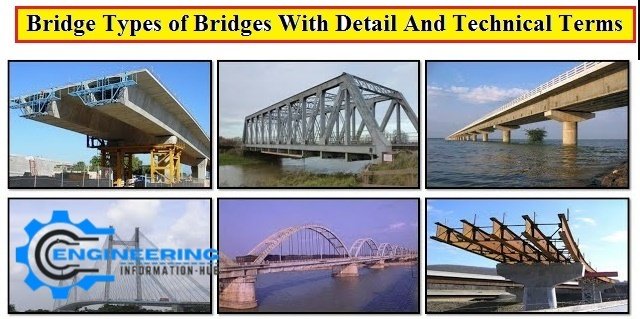
Bridge Types of Bridges With Details And Technical Terms
Today I have the topic of introduction of bridge definition of bridge technical terms and types of bridge. mane types of bridge and then also sub mane types of the bridge with detail and picture.Bridge Types of Bridges With Detail And Technical Terms
Introduction and Definition of Bridge
Arrangements for the safe passage of natural or artificial waterways from one side of a road or railway line to another are called bridges. Bridges are also made of four types in terms of material. These include Wooden Bridge, Masonry Bridge, Steel Bridge, and RCC Bridge. The bridge consists of two sections. The lower part of the bridge is called the sub-structure. These include the foundation of the bridge, the floor, the abutment, the pier, the wing walls, etc. The upper part of the bridge is called the superstructure. These include decks and parapets.
Bridge Types of Bridges With Detail And Technical Terms
Parts of Bridge

The bridge basically has the following two Parts
- Substructure
- Super Structure
Substructure
The part below the roof of the bridge is called the substructure. These include abutment, pier, win wall, and foundation below bed level. The sub-structure safely moves the load to the ground, bearing the weight of the bridge.
Super Structure
The upper part of the bridge over which the traffic flows is called the superstructure. These include the deck and the girders, parapets, trusses, and roads used in it.
Technical Terms
The following are the technical terms related to culverts and bridges:
1-Span
The horizontal distance between the two supports of the bridge is called the span.
2-Free Board
The vertical distance between the maximum water level (H.F.L) and the lower edge of the bridge is called the Free Board.
3-High Flood Level
The level of water at the time of maximum flow in a river or stream is called High Flood Level.
4-Low Water Level
In dry weather, a very low water level in a river or stream is called a “minimum” water level.
5-Scour Depth
The depth of the cut below the bottom of the riverbed is called the Scour Depth.
6-Afflux
An increase in the water level due to the obstruction of the bridge on the upstream side of the bridge is called afflux.
7-Run Off
The part of rainwater that flows into streams or rivers is called run-off.
8-Abutment
The outer support parallel to the flow of water on the bridge is called an abutment. The abutment has water on one side and soil on the other
9-Pier
The inner but parallel vertical supports of the water flow are called piers. There is water on both sides of the pier.
10-Wing Wall
The walls built on either side of the abutment are called wing walls. They are made vertically or at some other angle of flow of water to prevent the soil from falling. In addition, these walls also protect the embankment from water erosion. These are four in number.
11-Toe-Wall
The small walls formed perpendicular to the flow of water along the floor of the bridge and below the floor level are called toe walls. These walls protect the bridge floor from water erosion.
12-Approach
The construction that takes place to bring a road or railway line to a bridge is called an approach. It is usually a clay embankment
13-Parapet
A small wall or railing built parallel to the road on the edges above the bridge is called a parapet. The parapet prevents traffic from falling off the bridge.
14-Wheel Guard
A line of bricks or stones parallel to the road is laid on the side of the road above the bridge. This is called a ‘wheel guard. This barrier prevents vehicles from hitting the parapet wall.
15-Number Plate
A special place is made for writing the number on the parapet of the bridge, which is called the number plate. It is usually triangular in shape.
Types of Bridges

Bridges can be divided into the following groups according to the material:
- Timber Bridges
- Masonry Bridges
- Steel Bridges
- R.C.C. Bridges
Read More
-
What Is The Principles of Design of Seismic Resistant Buildings
-
Calculate The Cutting Length of Spiral Bar What Is The Spiral Bar And Its Uses
-
Structure of Road Types of Road And Technical Terms of Road
Timber Bridges
The substructure and superstructure of this type of bridge are made of wood. These bridges are suitable for places where there is not much traffic. And the traffic should be light. Where such bridges are built, good-quality timber should be available at affordable prices. Wooden bridges are usually made temporary. But where there is an abundance of wood, permanent bridges are also made of wood. Bridges of this type range from 8 meters to 60 meters (25 to 200 feet) in different styles for Span.
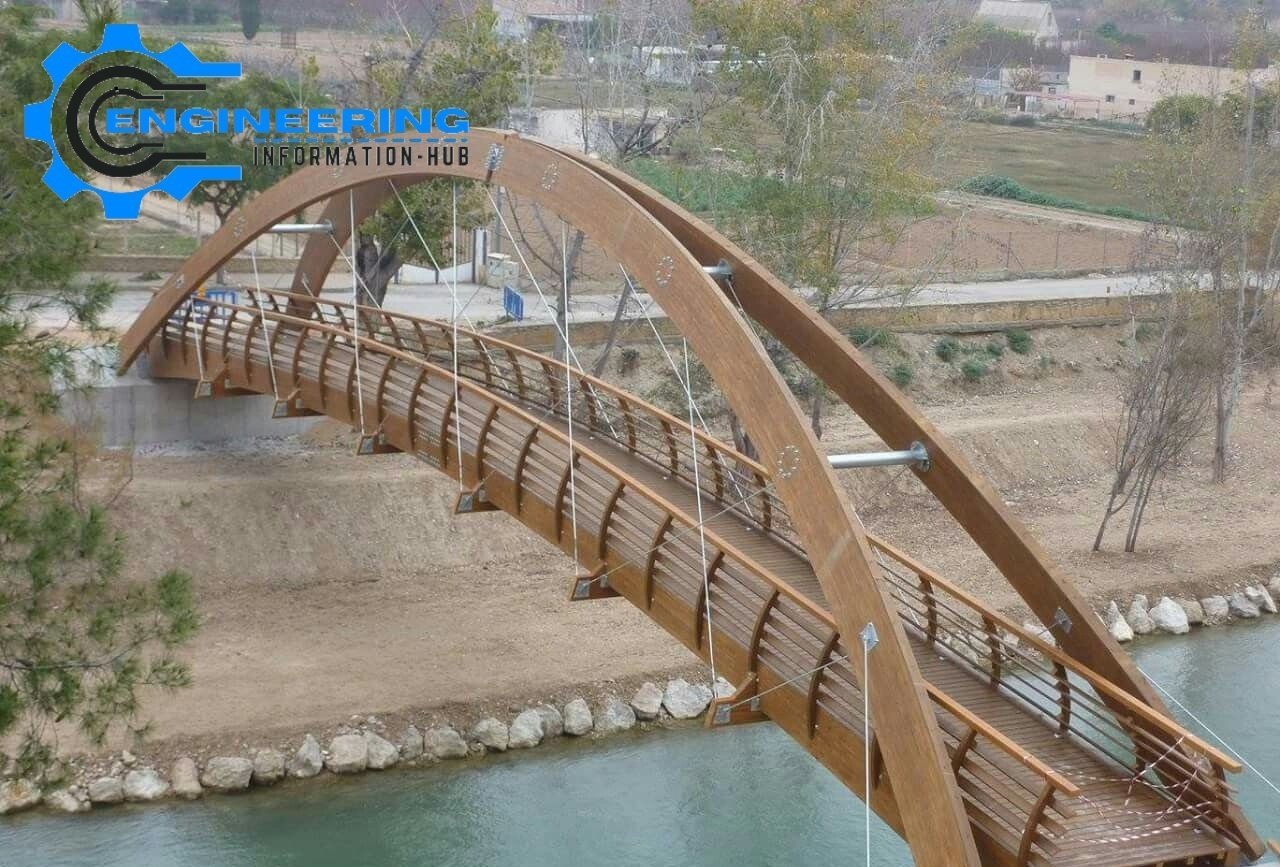
Masonry Bridges
This type of bridge is made of brick masonry or stone masonry. All of these bridges are made with arches. These arches can be of the following types:

i-Three Hinged Arch
ii-Two Hinged Arch
iii-Fixed Arch
If the traffic is light and the height of the arch is low, then the place behind the arch is called a spandrel, filled with masonry. When the traffic is heavy and the arch height is high, the spandrel is made open. These bridges are built for spans up to 60 meters (200 feet).
Steel Bridges
This type of bridge is made of steel with substructure and superstructure. All its members are usually jointed with rivets. They are also joined by welds. Sometimes nuts are also used with bolts. Steel bridges are made for spans from 6 meters to 1000 meters (18 feet to 3000 feet). These bridges have both arches and girders. There are also trusses used in these bridges.

Reinforced Cement Concrete Bridges (R.C.C. Bridges)
Today, most reinforced cement concrete (R.C.C.) bridges are built. Therefore, the details of this type of bridge will be explained. All components of this type of bridge are made of reinforced cement concrete.

Types of R.C.C. Bridges: The following types of bridges are made from reinforced cement concrete (R.C.C.):
i-Slab Type Bridges
This type of bridge is used for small canals and rivers. To make this type of bridge, abutment and pier are constructed and a reinforced cement concrete slab is laid on top of them. This type of bridge is also called Deck Bridge.
ii-Tee Beam and Slab Bridges
This type of bridge is used up to a span of 20 meters (65 feet). Piers are made first then Tee beams are placed on top of them Simply Supported. Road building material is used on them. Parapet and railing are installed on the sides. This type of bridge is cheaper than slab bridges.
iii-Rigid Frame Bridge
While building this type of bridge, abutment and slab are made monolithic. Bridges of this type are made up to 16 meters (50 feet) span.
iv-Double Cantilever Bridges
Such bridges are built over large rivers. The feature of this style of construction is that it has cantilevers on both sides above the piers. This type of bridge can be built up to 70 meters (225 feet) span.
v-Barrel Arched Bridge
This type of bridge is made monolithic with abutment and pier. Parapets and railing are made over the arch. This type of bridge is suitable for 70 meters (225 feet).
Pre-stressed Concrete Bridges
To make this type of bridge, different parts of the bridge such as beams and girders are made of concrete, in which the stresses are produced by pulling the steel bars, so these parts of the bridge get stressed before using the bridge. In this way, due to the load using the bridge, the beam becomes neutral first and then the stress is Gated in this beam like a normal beam. This way the beam can carry more weight girders is used today for large bridges. This serves a lot of materials.
Read More
-
What Is Culvert Different Shapes of Culverts And Types of Culverts With Full Detail
-
How To Calculate The Masonry Work For Bricks And Blocks
-
Water Tank Use In Construction And Different Types of the Water Tanks

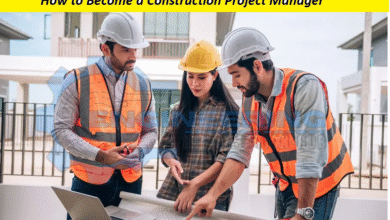
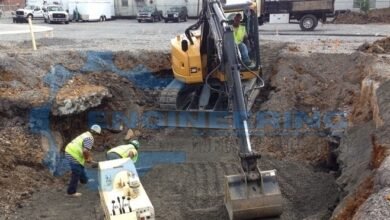
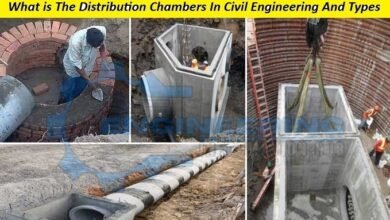
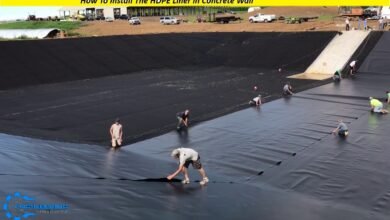
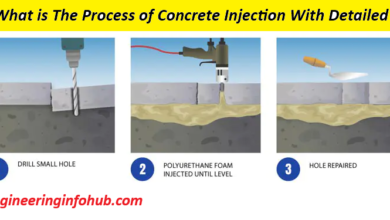
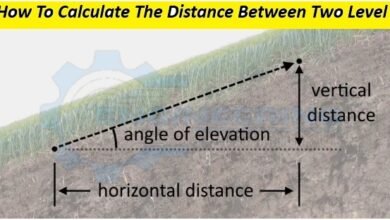
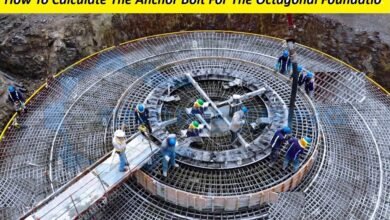
One Comment